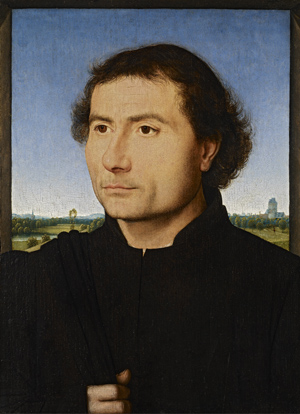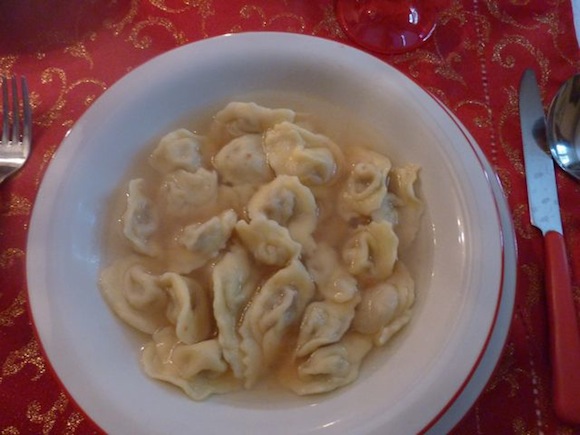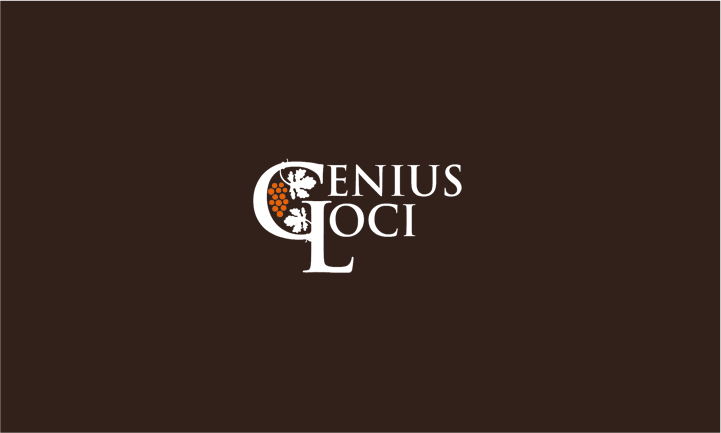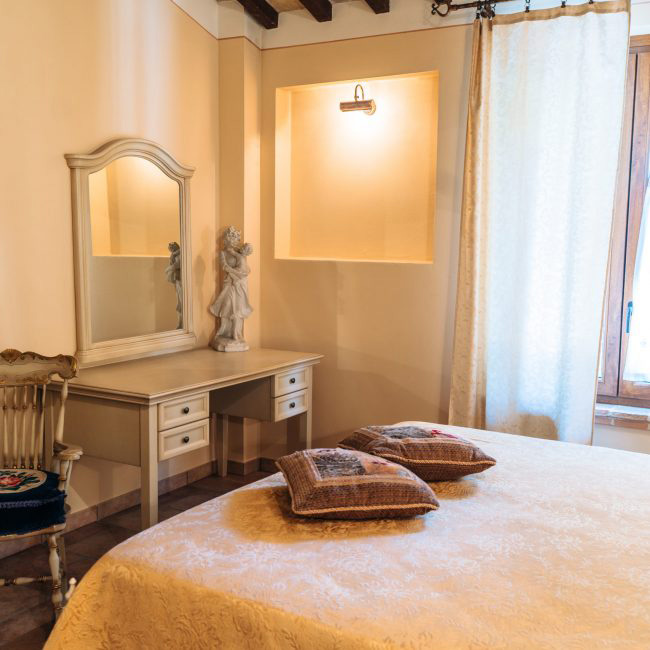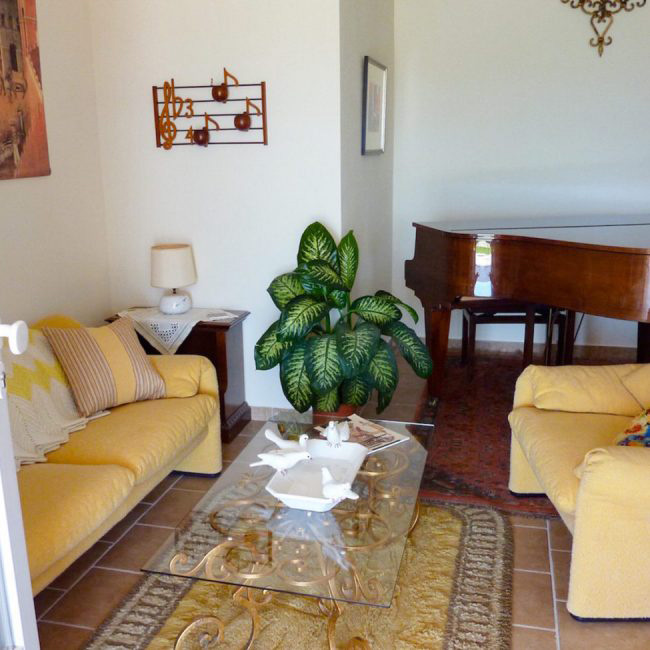HANS MEMLING
Actually, hyperbole (sublime, unforgettable, splendid, fantastic) more than simple alliteration would better suit this remarkable exhibition!
Hans Memling belongs among the most important painters of the Flemish primitives. There is an exceptionally large number of his panels that have been preserved. This includes some one hundred altar pieces, devotional triptychs and diptychs and around 30 subtle, idealised portraits. The surviving oeuvre shows the success of the artist, who commanded a productive and well-organised workshop.
A noticeably large percentage of Memling’s commissioners consisted of foreigners. Primarily Italian and Spanish merchants and bankers made up his client base, though Bruges patricians also turned to Memling for their portraits and altarpieces. Although he apparently never worked for the Bruges city administration, he completed no less than four commissioned works for the Saint Jan’s Hospital.
The style and composition of his paintings display a unique synthesis of influences from both Van Eyck as well as Van der Weyden. He also introduced his own important innovations such as the landscape background in his portraits. As a painter, Memling had a respectable following both within and outside of Bruges. He even exerted an influence upon Italian painting.
Hans Memling was born around 1435 in Seligenstadt (present-day Germany). His parents were Hamman Mommeling and Luca Styrn. They probably died in 1450 of the Plague. His upbringing and education is not documented. He was most likely a student in Cologne, because his oeuvre suggests a large depth of knowledge, especially in the art of the Cologne painter Stefan Lochner. After his schooling, Memling departed for the Low Countries where he most likely worked in Rogier van der Weyden’s studio in Brussels. Immediately following, he established himself in Bruges.
il Quirinale as seen from Le Scuderie Cafè where we were able to comfortably pause, reflect and discuss the paintings before continuing and viewing anew the seven sections of the exhibition. We enjoyed a buffet luncheon and coffee on this bright, mild , January day in Rome. Those of you who kindly follow my blog, will perhaps remember my post about “my backyard” – a post that discussed the marvel of having so much world-class art so close by. From Foligno we can go and return to Rome, respectively at 9:20 AM and return at 5:40 PM on the fast Freccia (Arrow) trains in 1 hour and 15 minutes – yet another absolute luxury!
Portrait of a Young Man
an excellent example of the “Flemish Portrait” with its new features: the subject positioned in a 3/4 position with landscape in the background
the Pagagnotti Trittico
the Pagagnotti Trittico, one of the three triptychs recomposed/reassembled for the exhibition. Their central and lateral parts had been in many different museums for hundreds and hundreds of years. What a luxury to see these large altar triptychs and smaller, private devotional triptychs in tact – just as originally commissioned and created.
Portrait of a young woman
